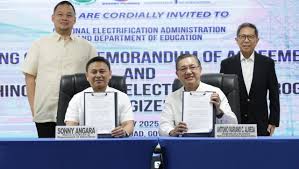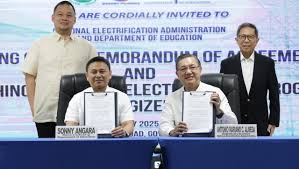
In the Philippines, the lack of electricity in public schools remains a significant challenge, particularly in remote and conflict-affected areas. According to data from the Department of Education (DepEd), around a third of public schools without electricity are located in Cotabato, Palawan, Sulu, Zamboanga del Sur, and Negros Oriental.
These schools, often referred to as “last-mile schools,” are situated in difficult-to-reach areas and lack basic amenities. The absence of electricity in these schools hinders the delivery of quality education and limits students’ access to modern learning resources. As of October 2024, approximately 1,500 public schools in the country still do not have electricity.
DepEd has identified several reasons for the lack of electricity in these schools. One primary challenge is the distance of these schools from the tapping points of local electric cooperatives, making traditional electrical connections impractical. In such cases, solar panels have emerged as a viable alternative source of electricity.
The National Electrification Administration (NEA) and the Department of Energy (DOE) have partnered to provide electricity to last-mile schools through the installation of solar photovoltaic (PV) systems. This initiative aims to cover about 1.6 million students nationwide, ensuring that even the most remote schools can access electricity.
Despite these efforts, challenges remain regarding universal access and modernized infrastructure. The DepEd’s Water, Sanitation, and Hygiene (WASH) in Schools program, launched in 2016, has also highlighted the need for improved sanitary facilities in public schools. Many schools still lack sufficient toilets, with toilet-to-student ratios falling below recommended standards.
The lack of basic amenities and deteriorating infrastructure in public schools underscore the need for increased investment in school maintenance and upgrades. The government must focus on building stronger, disaster-resistant school buildings in high-risk areas to ensure the safety and continuity of education.
In conclusion, addressing the lack of electricity in public schools is crucial for improving the quality of education in the Philippines. By investing in alternative energy sources like solar panels and modernizing school infrastructure, the government can ensure that all students, regardless of location, have access to a conducive learning environment.




